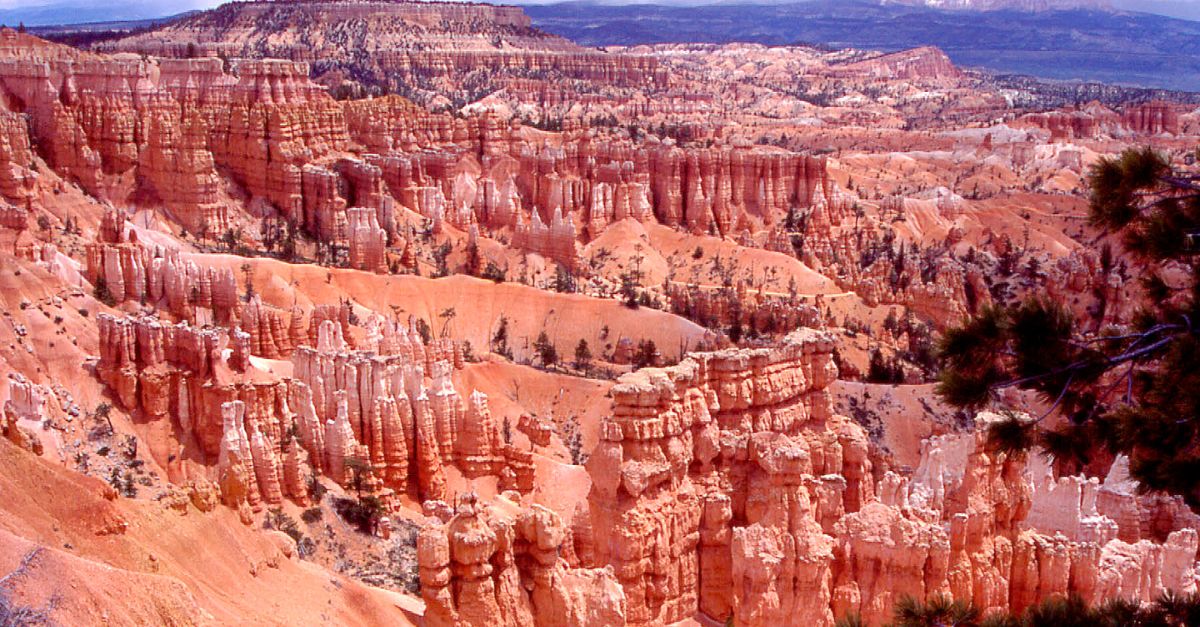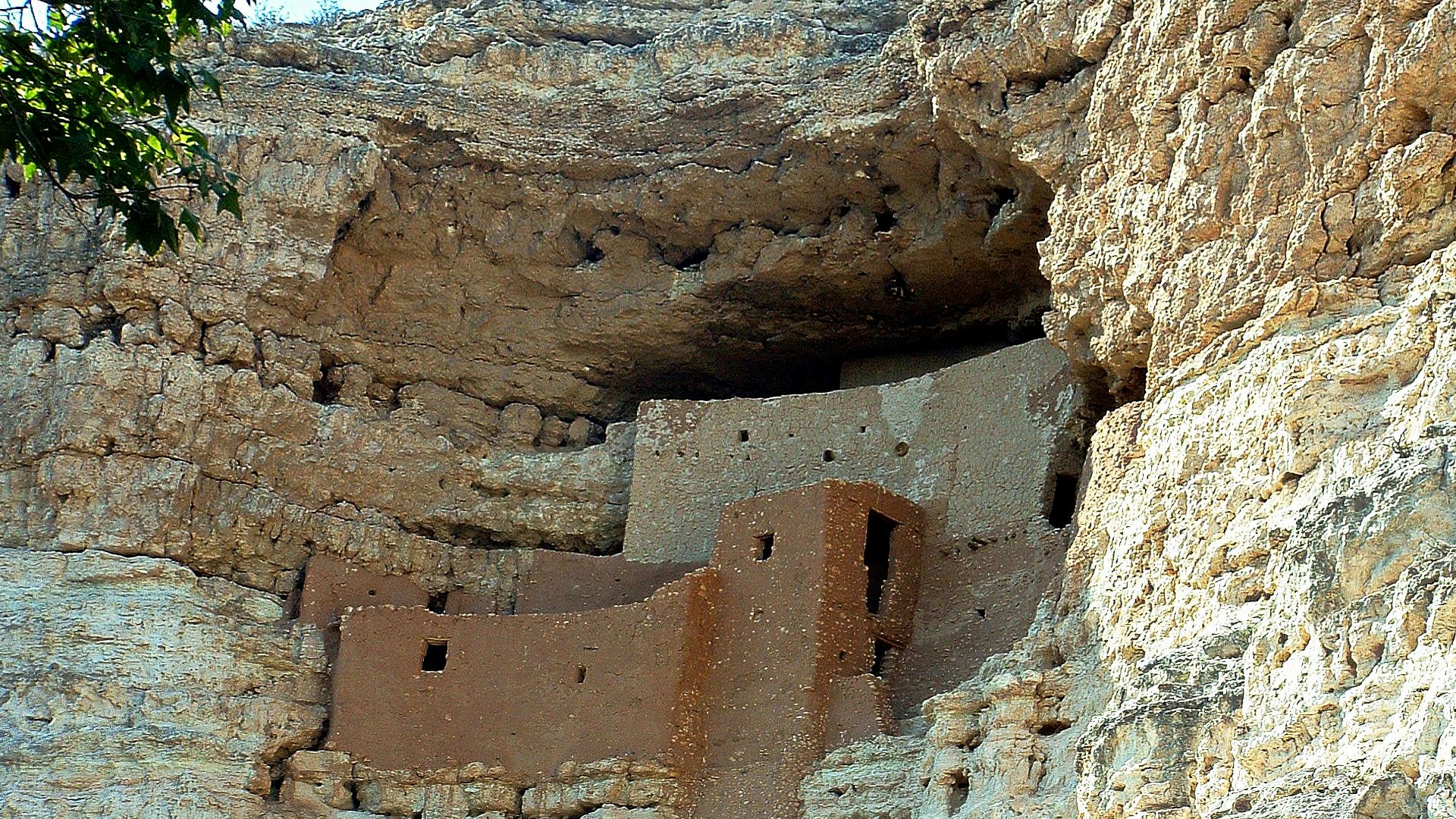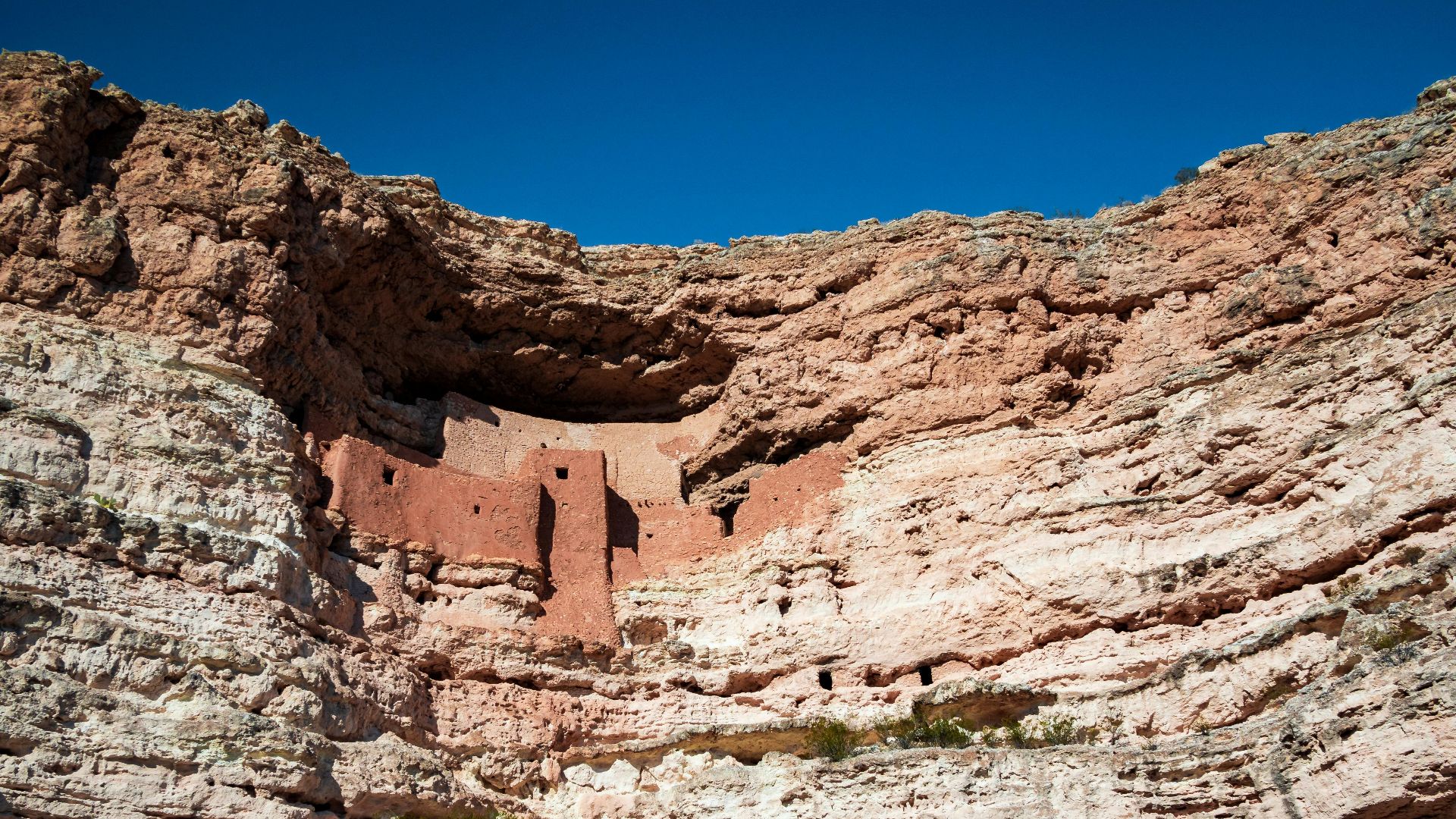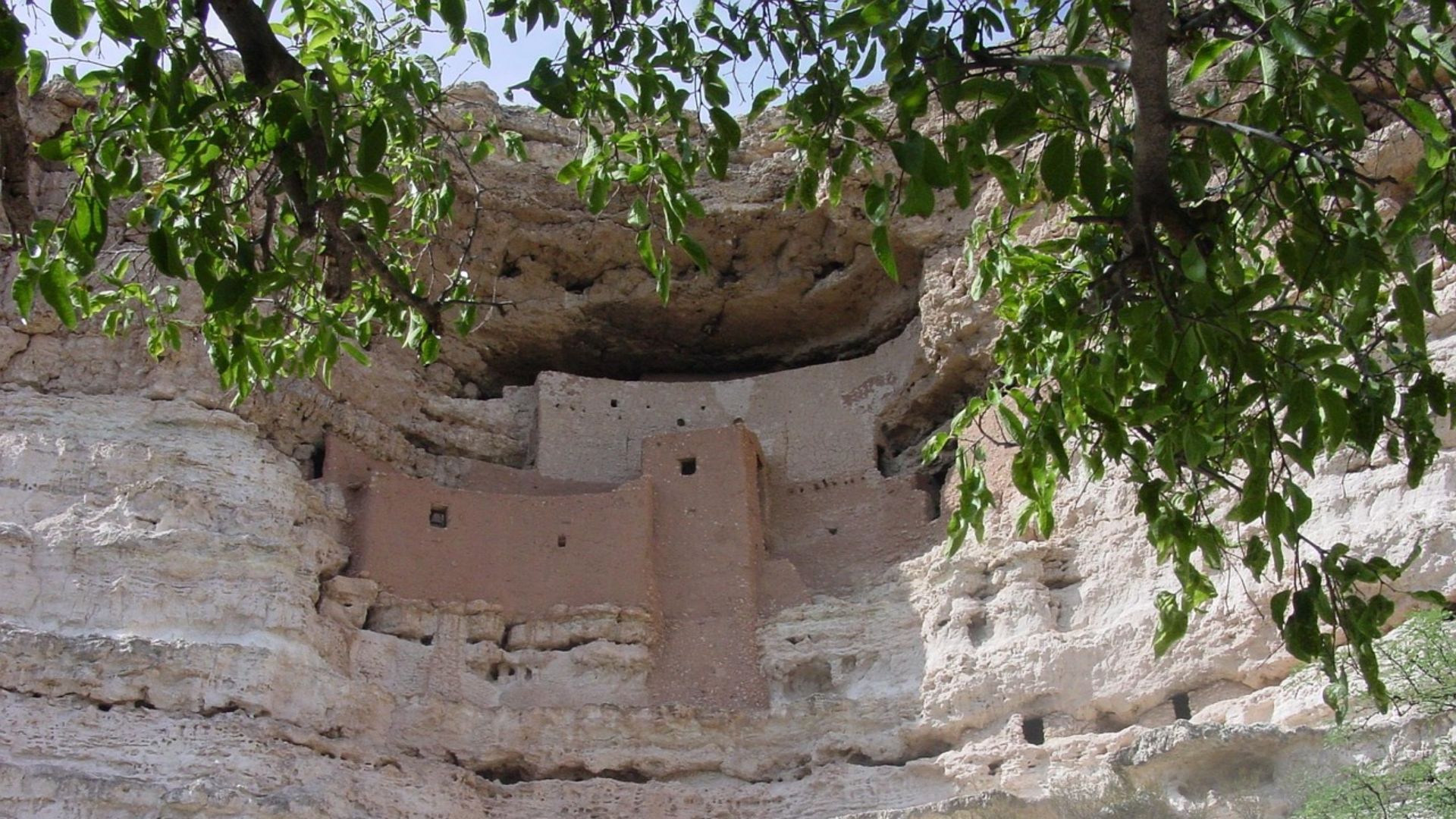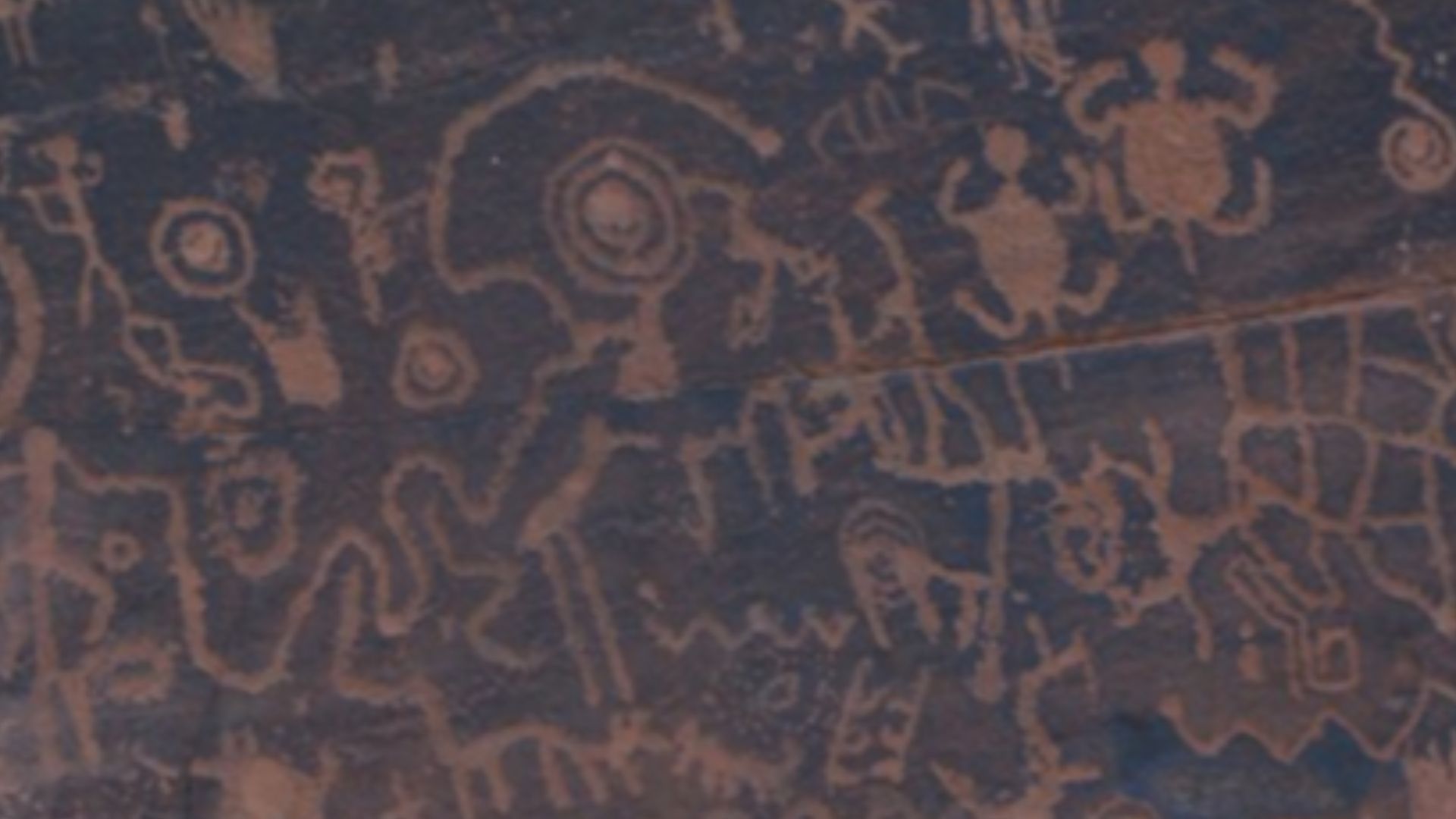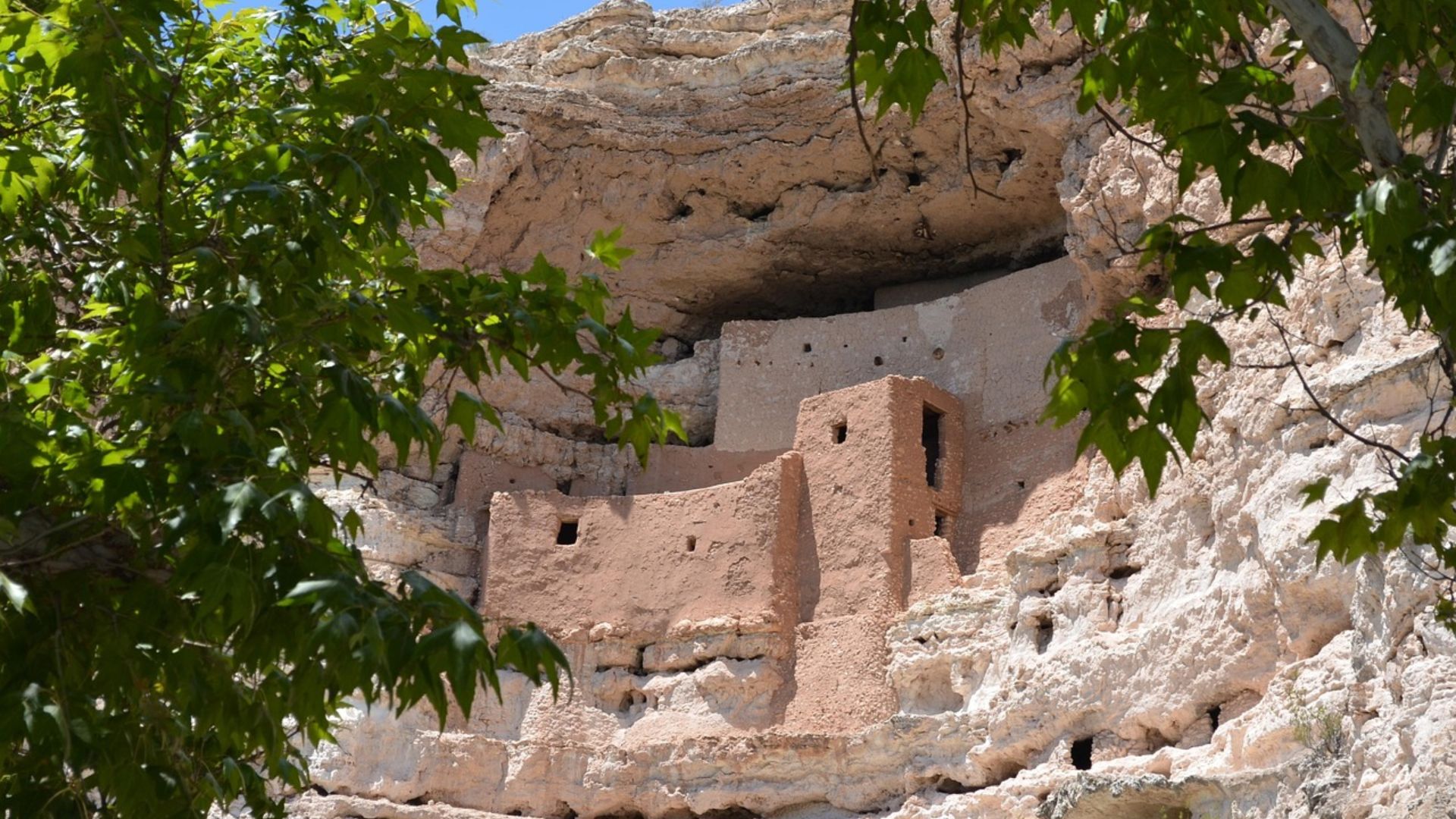Secrets In The Stone
Long ago, in Arizona's canyons, a community built homes high above the ground. And their climb revealed lives of quiet brilliance, shaped as much by vision as by those canyon walls.
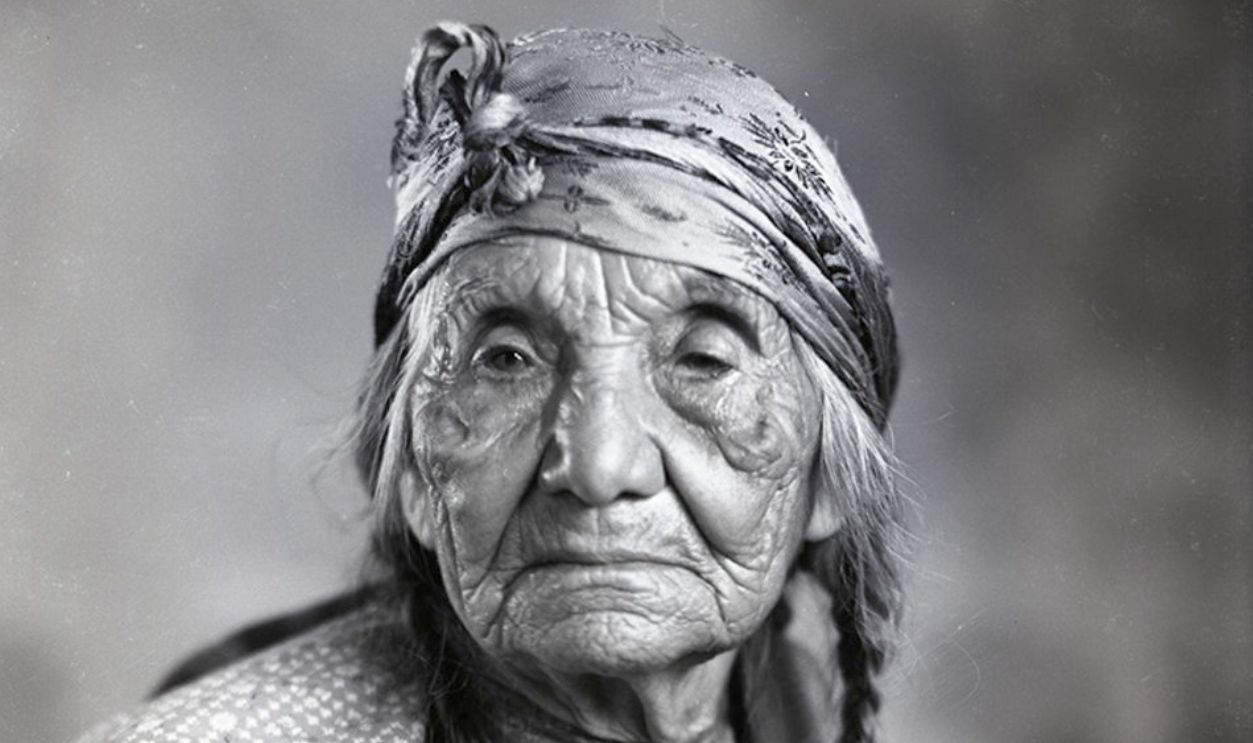
High-Rise Homes Of The Canyon
The way the Sinagua fashioned their life around this landscape was reflected in these multi-story homes that were carved directly into the rock. Stones told tales, and rooms swayed to the beat of the rock. Their home's structure and foundation included the canyon.
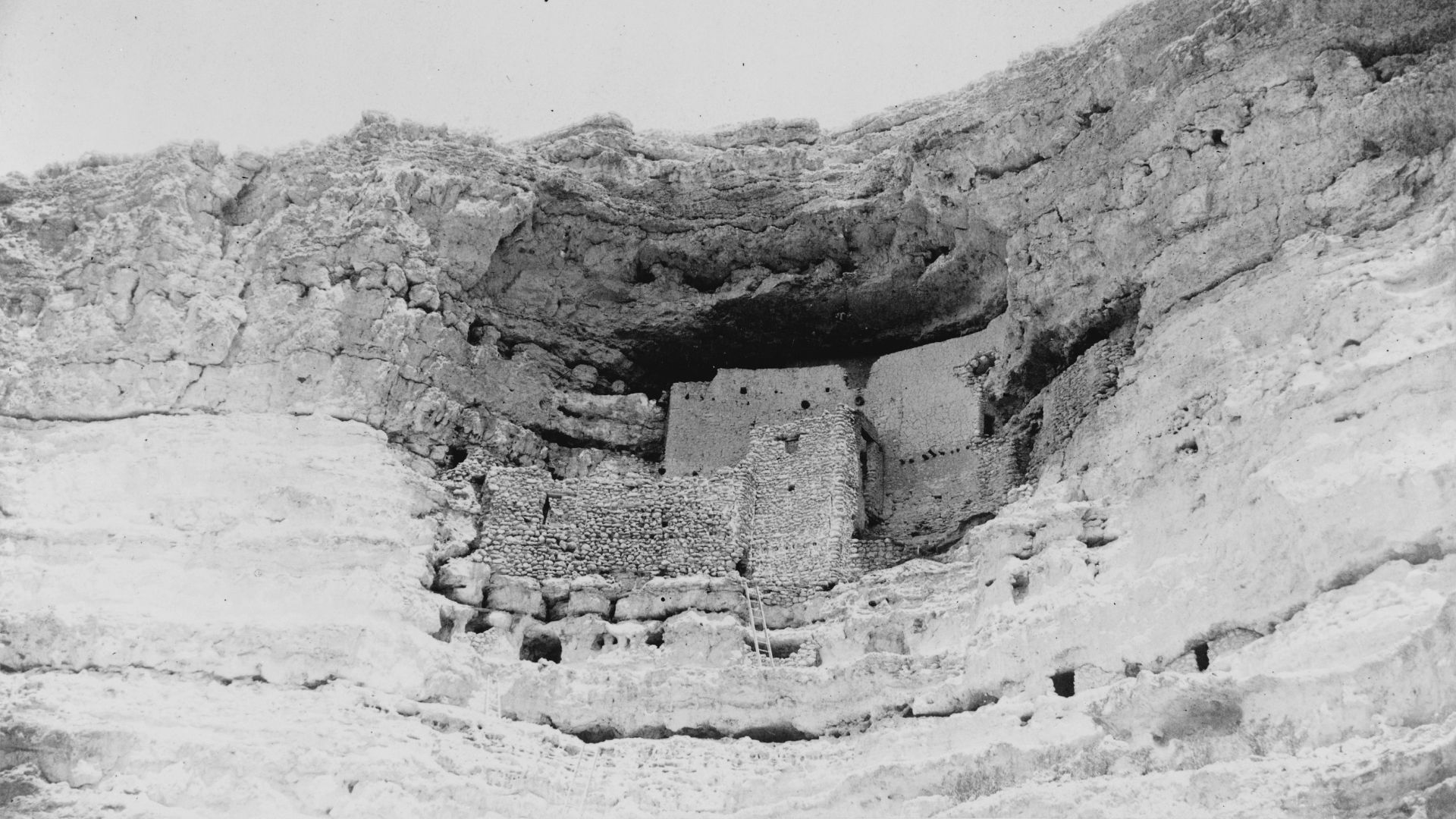 Edgar A. Mearns, photographer, Wikimedia Commons
Edgar A. Mearns, photographer, Wikimedia Commons
Mud, Stone, Wood, And Ingenuity
No concrete. No machines. They used what the canyon offered—mud for bricks, stone for strength, and timber for support. Each element had its job, coming together in homes that stood firm against the sun's heat and the wear of time.
MidAir Masonry
Have you ever seen a house stuck on a cliff? The Sinagua mastered midair masonry. They used natural alcoves as the base and stacked adobe bricks to create homes that looked like they belonged in thin air but stayed solid for centuries.
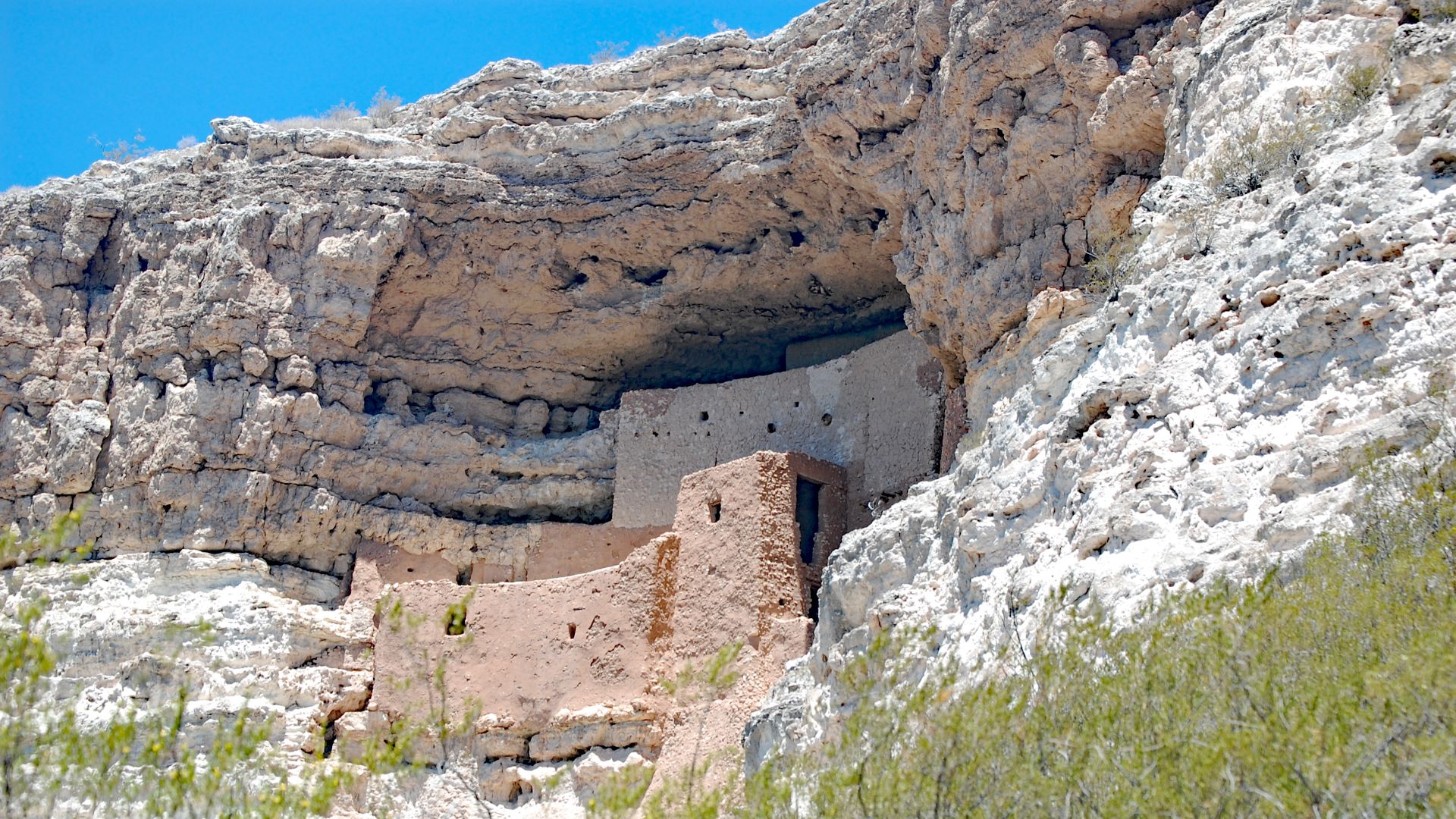 Laurelle Stoughton, Wikimedia Commons
Laurelle Stoughton, Wikimedia Commons
Neighbors In High Places
Side-by-side living on the cliffs defined Sinagua’s sense of community. Homes were physically connected, with stone walls echoing the sound of daily life. Ladders, resting between doorways, acted as quiet bridges that linked lives and connected the neighborhood with some sort of purpose and intimacy.
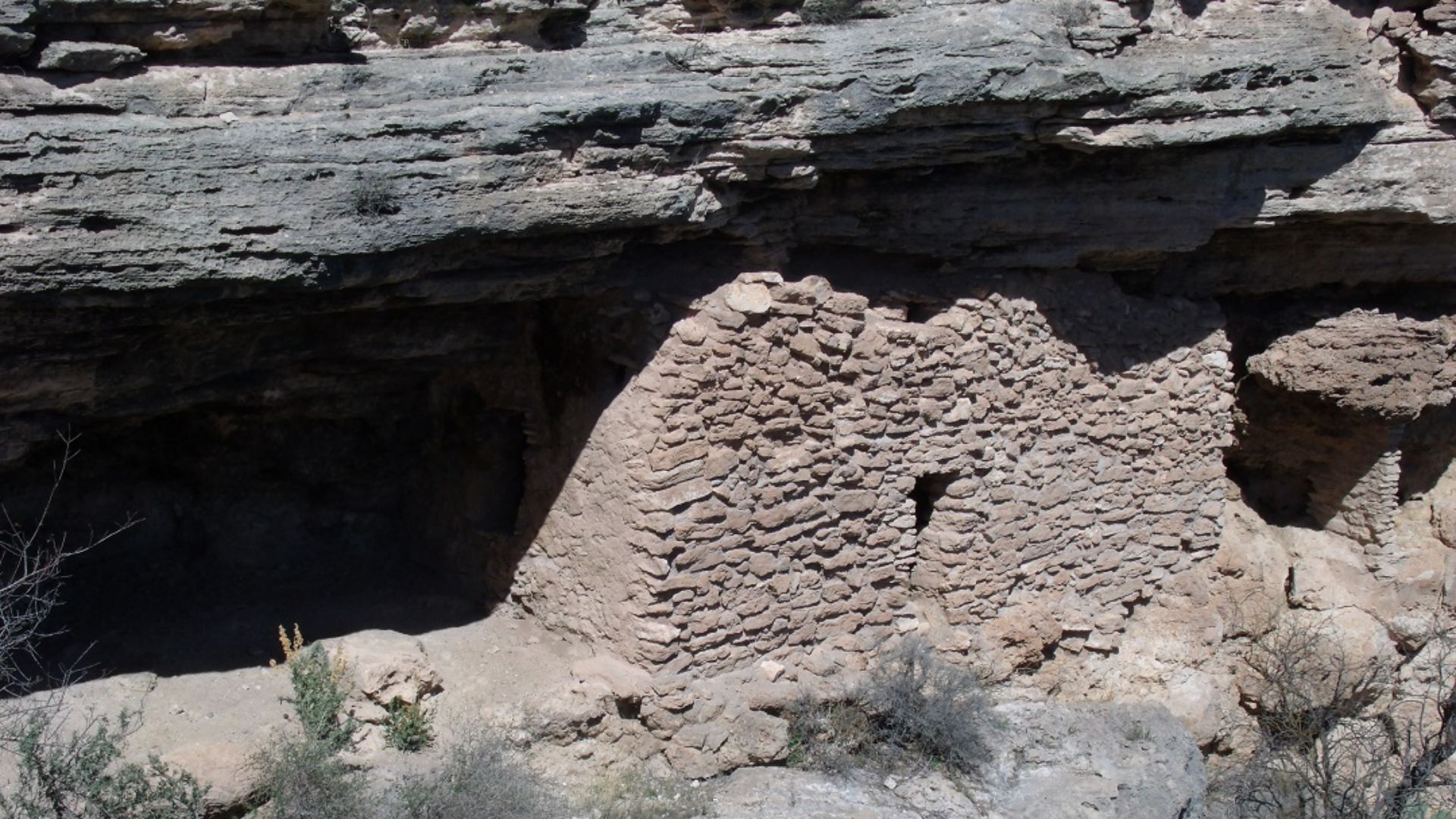 Tony the Marine (talk), Wikimedia Commons
Tony the Marine (talk), Wikimedia Commons
Living Between Earth And Sky
Their homes clung to that quiet stretch between the canyon floor and the open sky. Life played out in midair, where light shifted fast, and the ground always felt distant. That height changed how they lived, and some suggest it influenced their thinking.
South-Facing For Survival
Why face south? Because the sun knows best. These cliff homes soaked up warmth in winter and kept cool in summer. No electricity is needed; it's just clever positioning and stone smarts. It was a design that worked quietly, day after day.
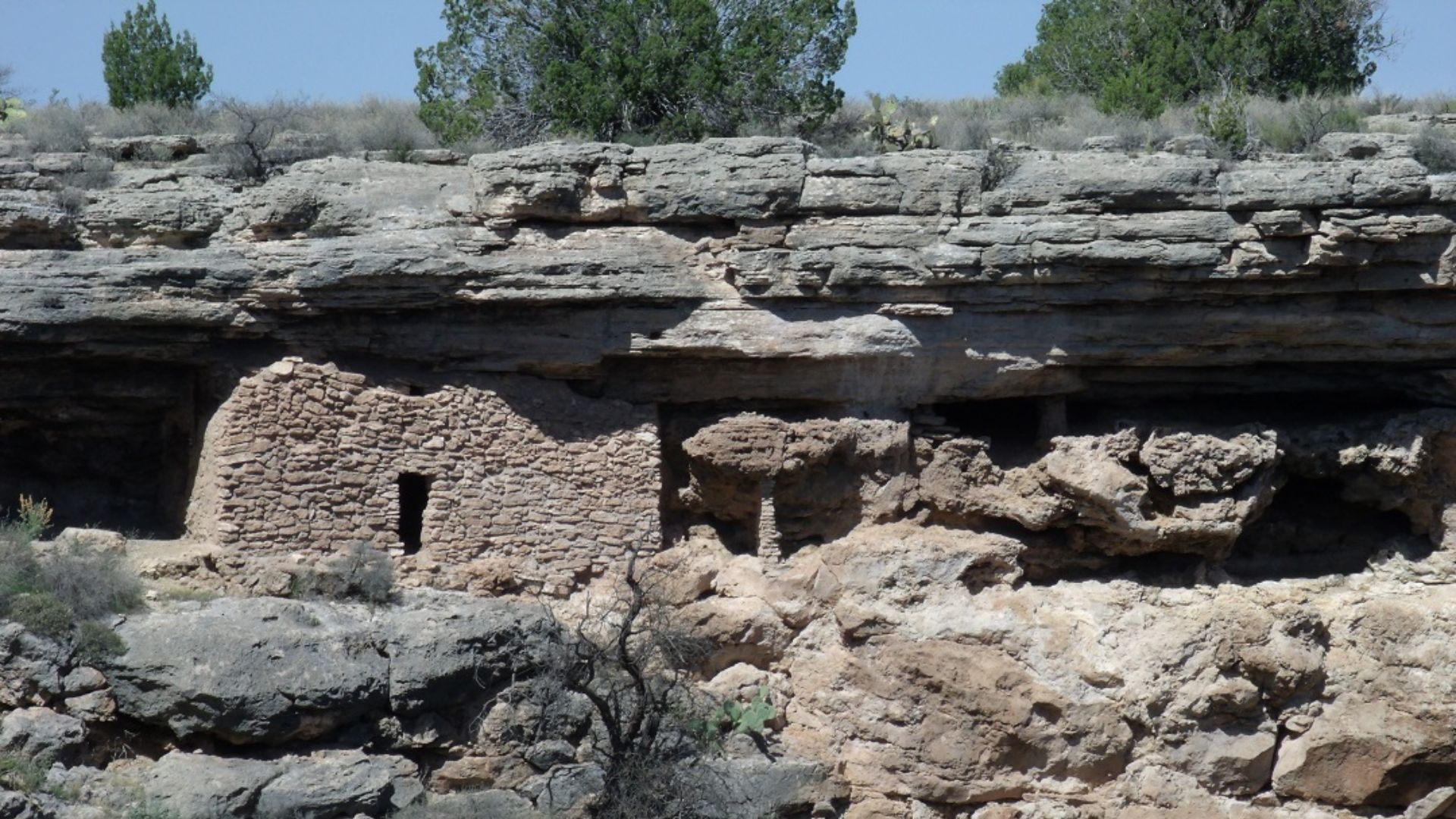 Tony the Marine (talk), Wikimedia Commons
Tony the Marine (talk), Wikimedia Commons
Eyes Over The Valley
Observing the world below from their ledges, the Sinagua saw dust following anything approaching or departing, shadows changing, and the wind moving. There was more than beauty about that view. They had a serene, peaceful advantage that comes only from height.
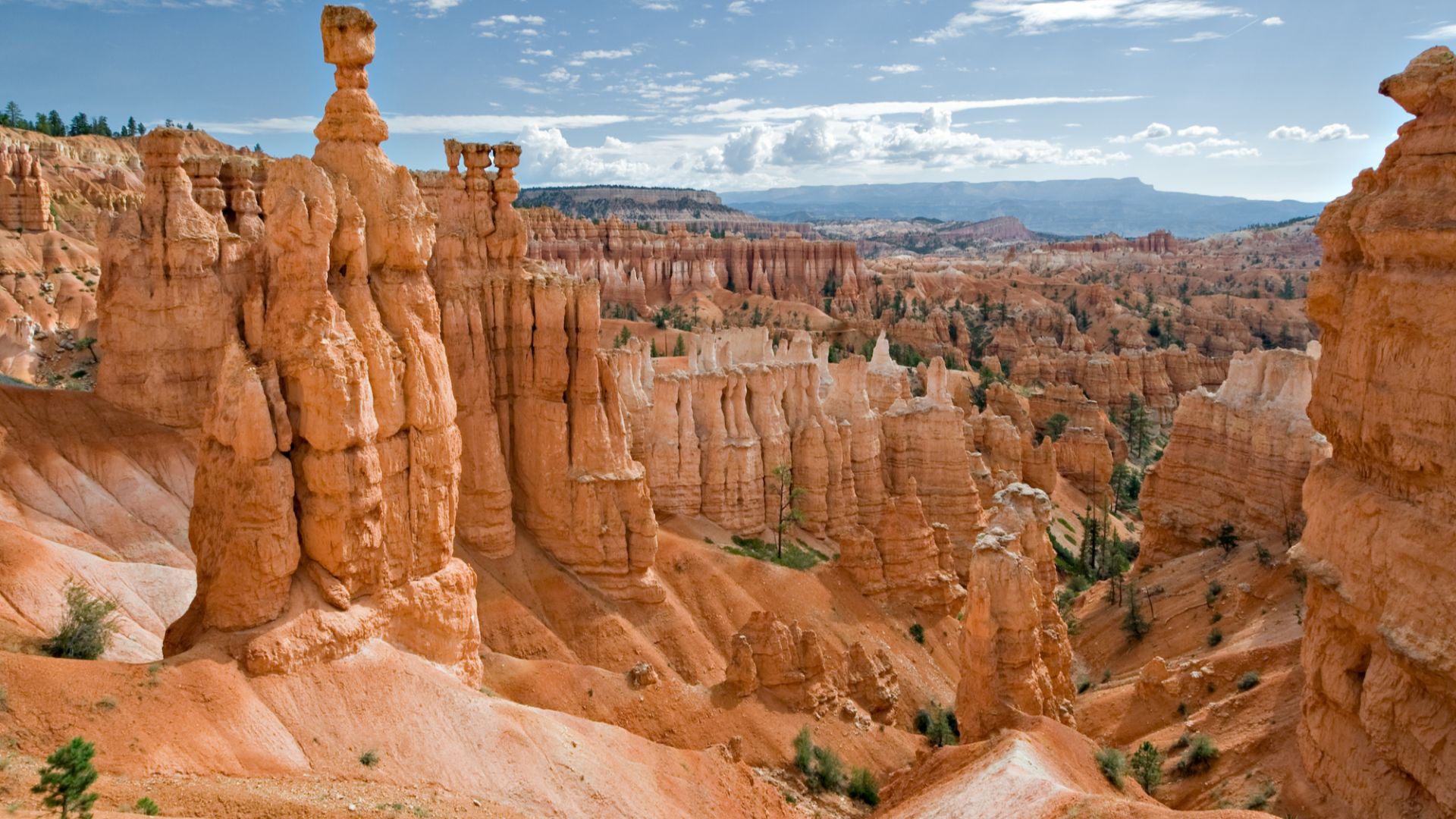 Luca Galuzzi (Lucag), Wikimedia Commons
Luca Galuzzi (Lucag), Wikimedia Commons
Daily Ascent For Water
You'd think hauling water up cliffs daily would be a dealbreaker. Nope. The Sinagua climbed to the creek and back up again like it was no big deal. Hydration took hustle, and they had plenty of it. Each trip down meant grit; each climb back meant strength.
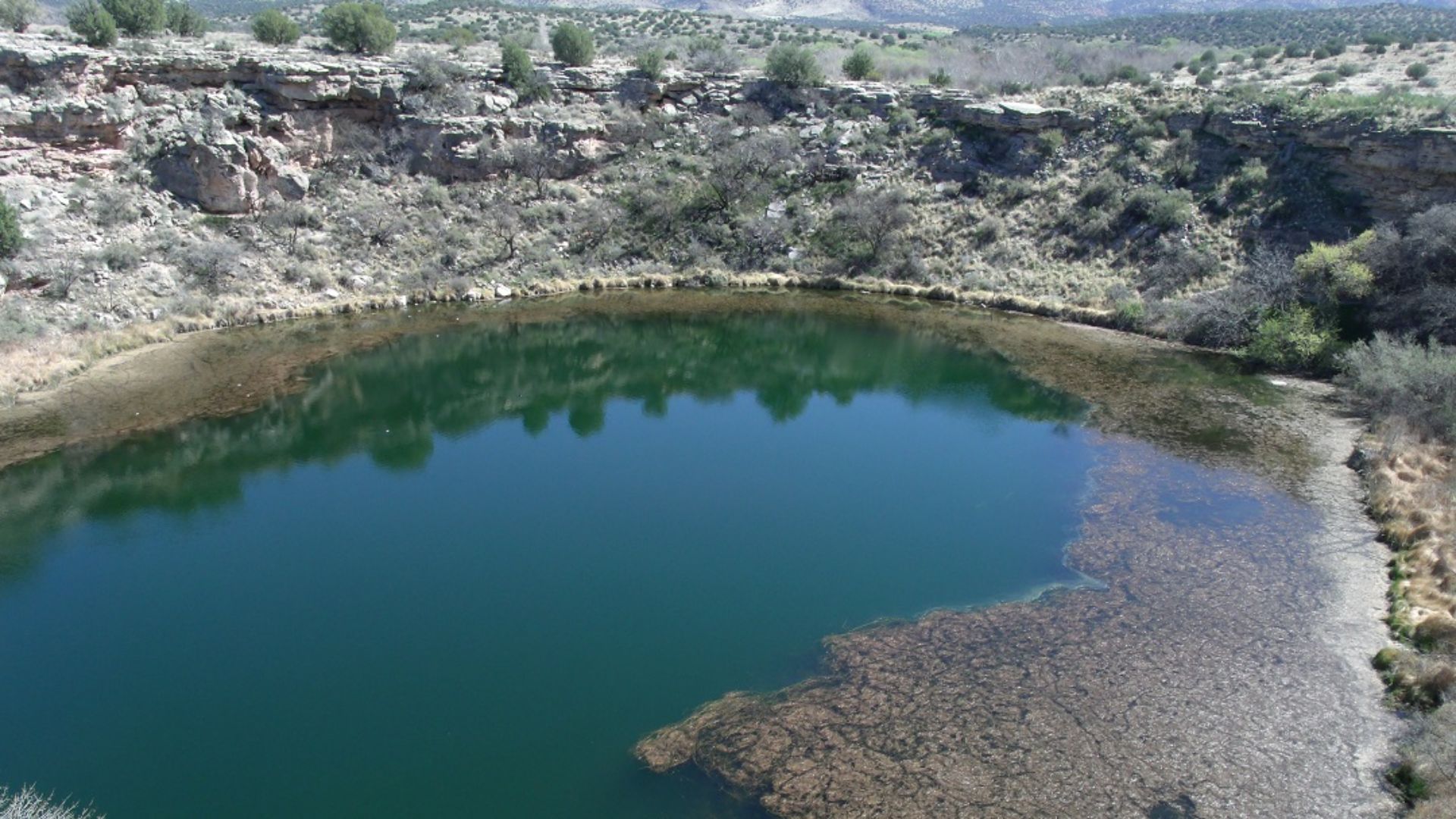 Tony the Marine (talk), Wikimedia Commons
Tony the Marine (talk), Wikimedia Commons

History's most fascinating stories and darkest secrets, delivered to your inbox daily.
Farming Below, Feasting Above
Food grew in the soil below while life continued on the ledges above. The community tended fields in the valley, gathered what they needed, then climbed back to cook and rest. Once gathered, their harvest was carried up steep paths to be shared with all.
 MONTEZUMA WELL & MONTEZUMA CASTLE | Remains of the Southern Sinagua of Arizona by Cactus Atlas
MONTEZUMA WELL & MONTEZUMA CASTLE | Remains of the Southern Sinagua of Arizona by Cactus Atlas
Up The Ladder To Home
After a long day in the fields or gathering wood, the climb home always began with a ladder. Step by step, hands steady on the rungs, they rose back to their ledges. It wasn't a burden. It was just how home was reached.
Above Floods And Foes
Down below, flash floods cut through the valley by surging through lowlands with enough force to sweep crops or anything in their path. Even wild animals wandered too close. But the cliffs stood firm. Reaching these homes took effort, and that effort gave the community something priceless: peace.
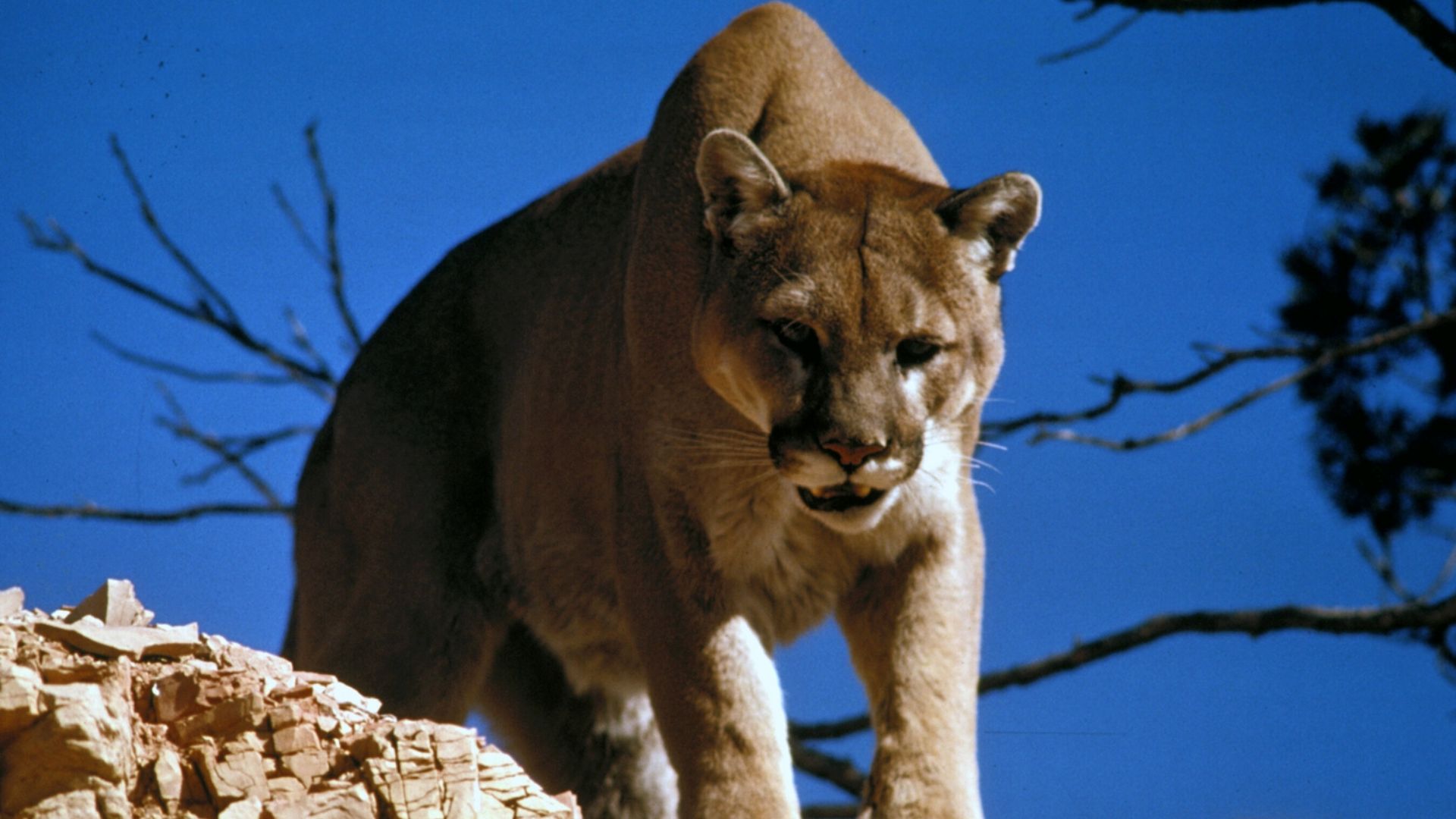 National Park Service, Wikimedia Commons
National Park Service, Wikimedia Commons
Clinging To The Rockface
And after climbing so high for safety, it made sense that their homes would blend in. These weren't flimsy boxes hanging off ledges. They rose from the cliff itself, molded by wind and time. If you weren't looking closely, you'd miss them entirely.
Sunrise On The Cliff Village
Up there, mornings welcomed them with a golden dawn. Light eventually slid down the stone walls and spilled over the canyon rim, creeping into each room. The soft appearance of the light instead of an alarm clock informed the people of Sinagua that the day had begun.
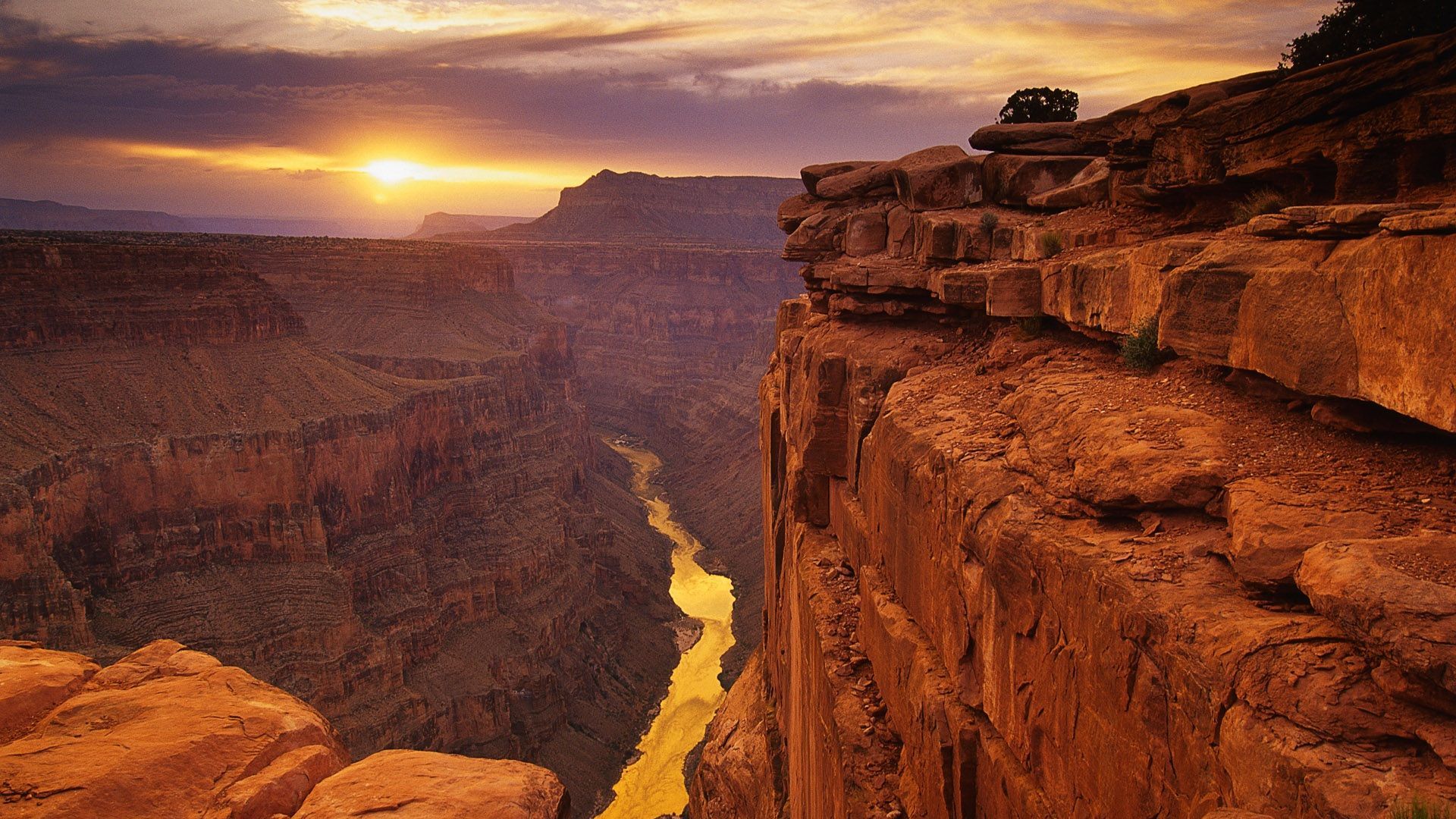 PradeepBisht, Wikimedia Commons
PradeepBisht, Wikimedia Commons
Sacred Heights
Above all, living high held spiritual meaning. Traces in the stone (such as carvings and ash rings) suggest these rooms held significance beyond the daily routine. Some researchers believe the cliffs were more than shelter, possibly reflecting beliefs about the terrain and its raised presence.
Ceremonial Value
Certain rooms show signs of ritual activity as well. Ash layers and carved markings hint that these spaces may have held ceremonial meaning. Their location near elevated cliff edges had symbolic value, possibly reflecting beliefs shaped by the land’s height and exposure to the sky.
 MONTEZUMA WELL & MONTEZUMA CASTLE | Remains of the Southern Sinagua of Arizona by Cactus Atlas
MONTEZUMA WELL & MONTEZUMA CASTLE | Remains of the Southern Sinagua of Arizona by Cactus Atlas
From Pithouse To Penthouse
Before they looked to the cliffs, the Sinagua built low and dug deep, shaping homes directly into the ground. Even though those early shelters met their needs, archaeological evidence suggests environmental changes or population shifts may have driven this move.
 MONTEZUMA WELL & MONTEZUMA CASTLE | Remains of the Southern Sinagua of Arizona by Cactus Atlas
MONTEZUMA WELL & MONTEZUMA CASTLE | Remains of the Southern Sinagua of Arizona by Cactus Atlas
Benefits Of That Height
But this shift aligned more with survival. Building into the cliffs helped shield the Sinagua from attacks and covered them from scorching heat and sudden storms. High above the valley also meant greater visibility and time to react to threats.
 MONTEZUMA WELL & MONTEZUMA CASTLE | Remains of the Southern Sinagua of Arizona by Cactus Atlas
MONTEZUMA WELL & MONTEZUMA CASTLE | Remains of the Southern Sinagua of Arizona by Cactus Atlas
Ancient Architects Defy Gravity
The brilliance is that they didn't follow blueprints or sketches. They trusted what they knew, letting instinct show the angles and balance. Walls leaned perfectly, and bricks held firm. It was a skill passed down, measured by what stood the longest.
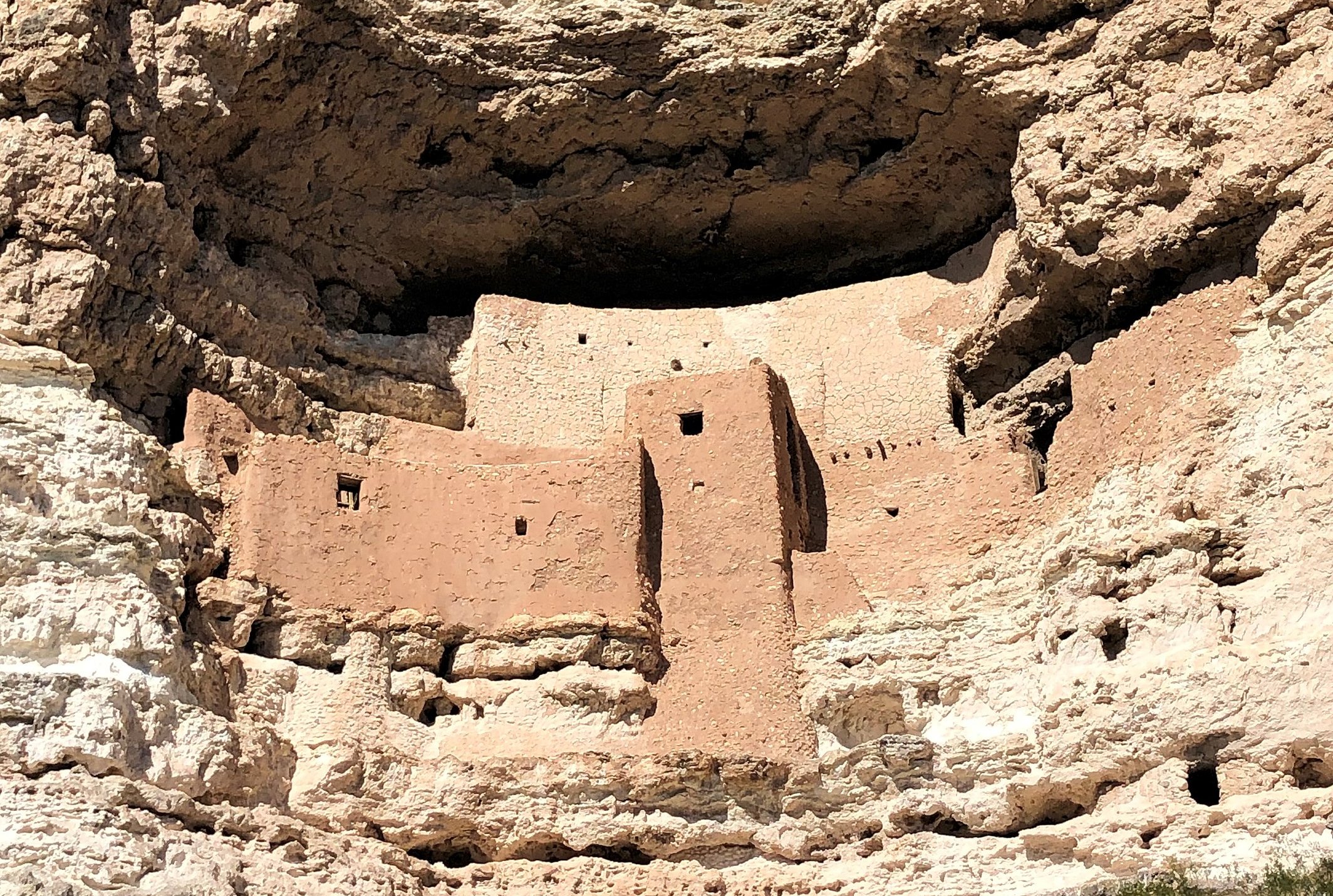 Beyond My Ken, CC BY-SA 4.0, Wikimedia Commons
Beyond My Ken, CC BY-SA 4.0, Wikimedia Commons
Community On The Rocks
Life on the cliffs meant constant company. Generations overlapped, and their closeness shaped daily rhythms. These homes, once noted as connected, held more than structure. Footsteps echoed softly, and routines rippled across walls until even the stone seemed to move in sync with those who lived there.
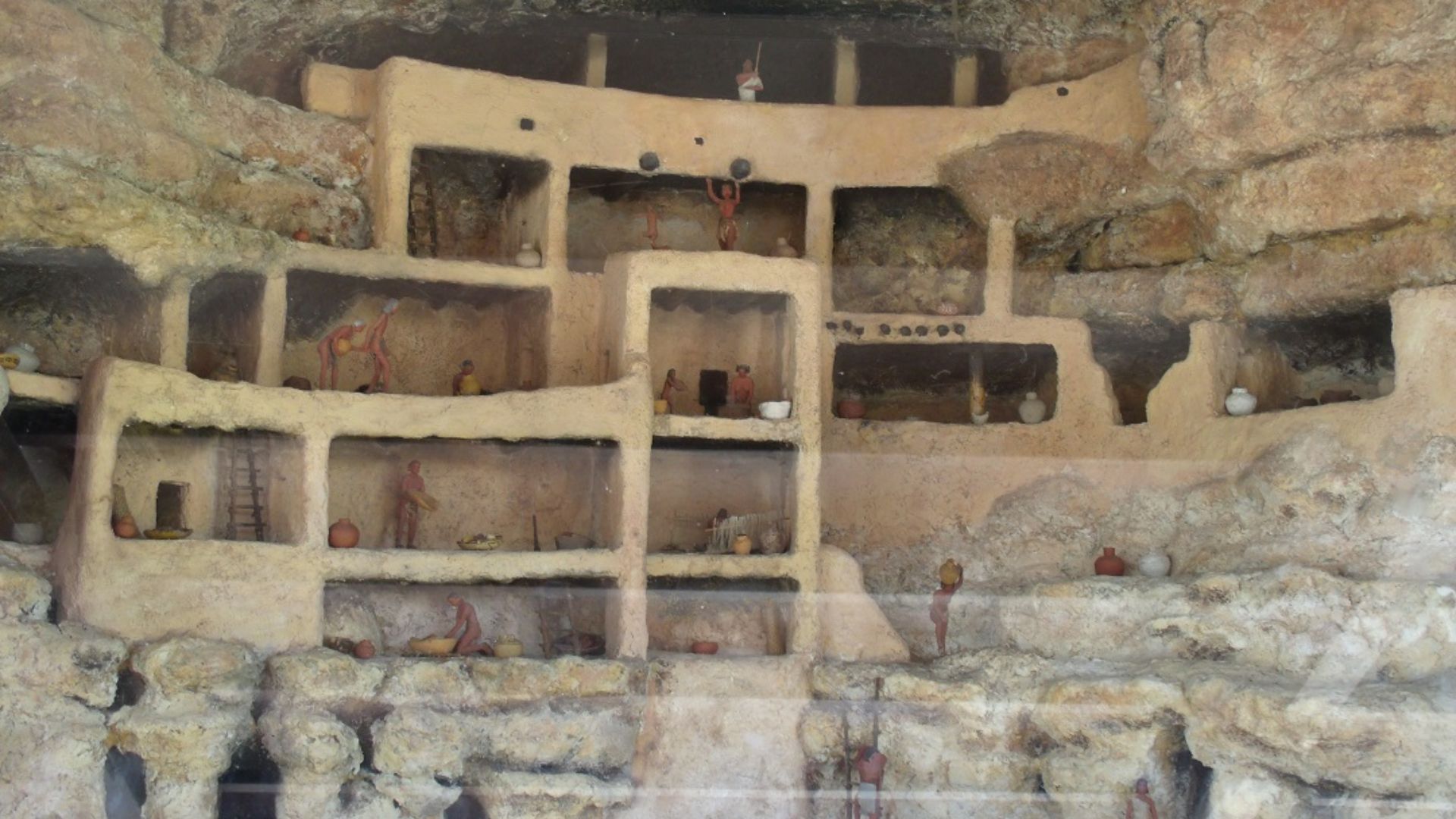 Tony the Marine (talk), Wikimedia Commons
Tony the Marine (talk), Wikimedia Commons
Carved By Nature, Claimed By Ancestors
When the Sinagua arrived, the cliffs had already been shaped by wind and time. Instead of altering the terrain, they adapted their designs to the natural alcoves and ledges. Evidence shows how the Sinagua used the rock’s existing forms to guide the room’s layout.
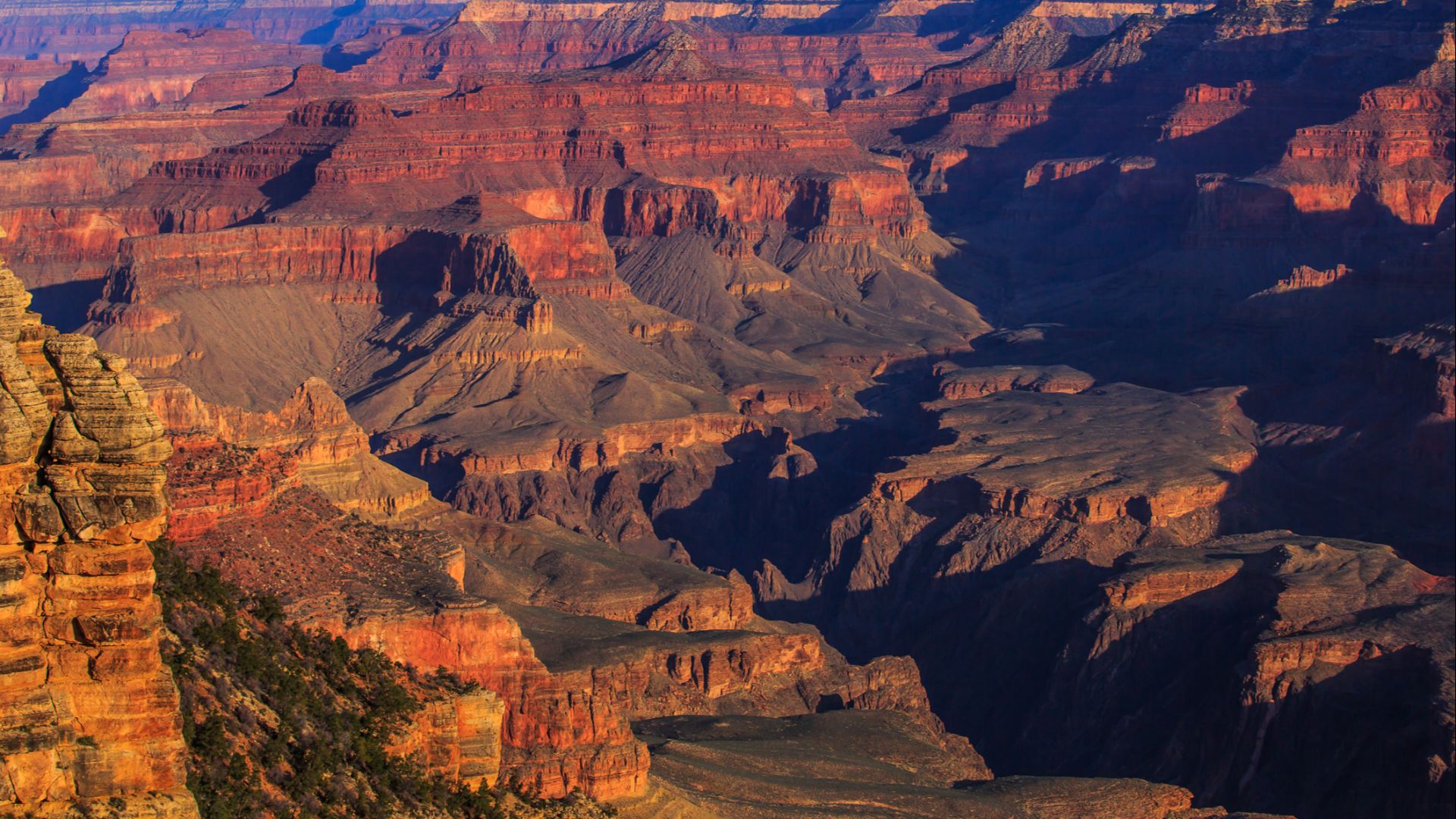 Murray Foubister, Wikimedia Commons
Murray Foubister, Wikimedia Commons
When The Cliffs Went Silent
At some point, they were gone. The fields went untended, ladders unused. Some believe drought forced the move. Others suggest trade or shifting alliances. Many joined nearby Hopi and Zuni communities. But their cliff homes stayed behind, paused mid-story like a breath never fully exhaled.
 Gardner, Alexander, 1821-1882, Wikimedia Commons
Gardner, Alexander, 1821-1882, Wikimedia Commons
Montezuma Castle
Following the quiet exit from the cliffs, one structure still carries its story in stone—Montezuma Castle. Though its name points elsewhere, this towering cliff dwelling shares the same roots. It's not separate from the others. It's part of the same legacy, still holding its ground centuries later.
 Pierce, C.C. (Charles C.), 1861-1946, Wikimedia Commons
Pierce, C.C. (Charles C.), 1861-1946, Wikimedia Commons
Walnut Canyon
Just like Montezuma Castle, Walnut Canyon holds another chapter of the Sinagua story. But here, it's a maze of ledges and hollows. Each hidden nook speaks to daily life, stretched across the rock face like a quiet memory waiting to be noticed.
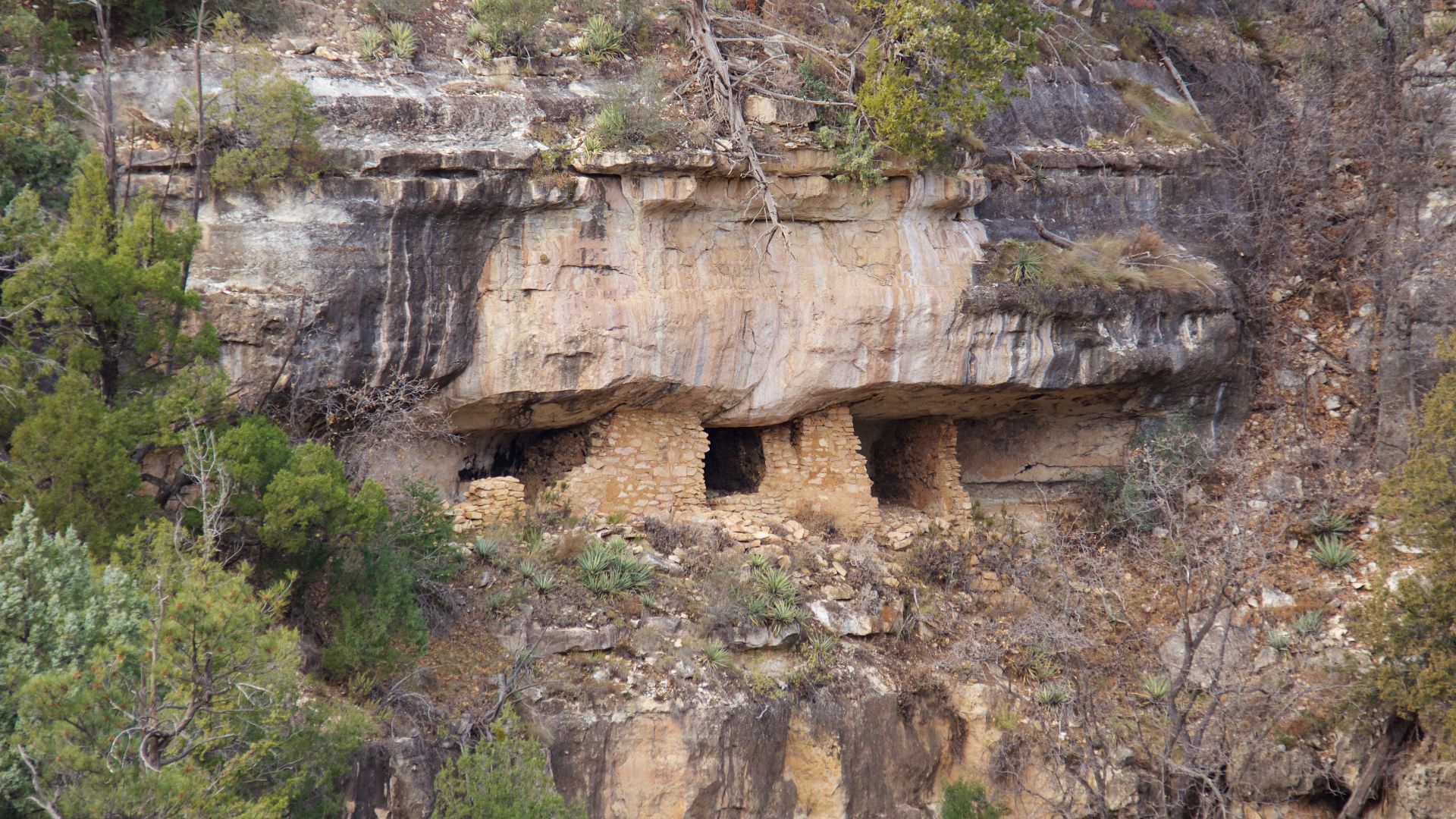 Photograph by Mike Peel (www.mikepeel.net)., Wikimedia Commons
Photograph by Mike Peel (www.mikepeel.net)., Wikimedia Commons
Honanki
At Honanki, soot-darkened ceilings and worn thresholds mark where families cooked and passed through each day—physical traces that offer archaeologists a rare look at how the Sinagua used fire and shared information within these compact, stone-built spaces embedded into the canyon wall.
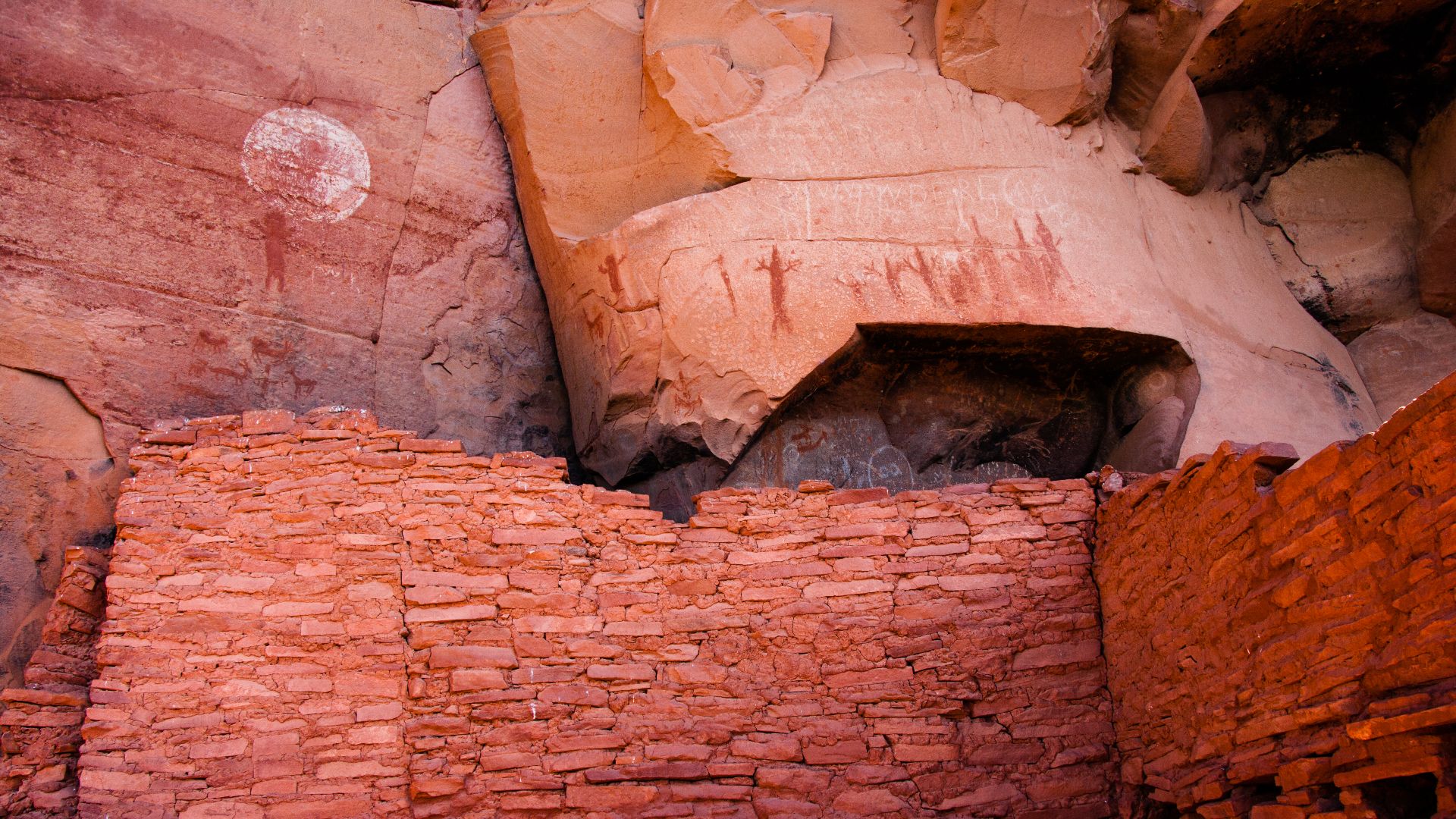 Deborah Lee Soltesz, Coconino National Forest, Wikimedia Commons
Deborah Lee Soltesz, Coconino National Forest, Wikimedia Commons
Living On The Edge
Even now, the Sinagua's homes cling to the cliffs, weathered but standing. They were shaped by knowledge and deep familiarity with the land. These places remain steady through time, not by drawing attention but by holding firm in their quiet strength.

